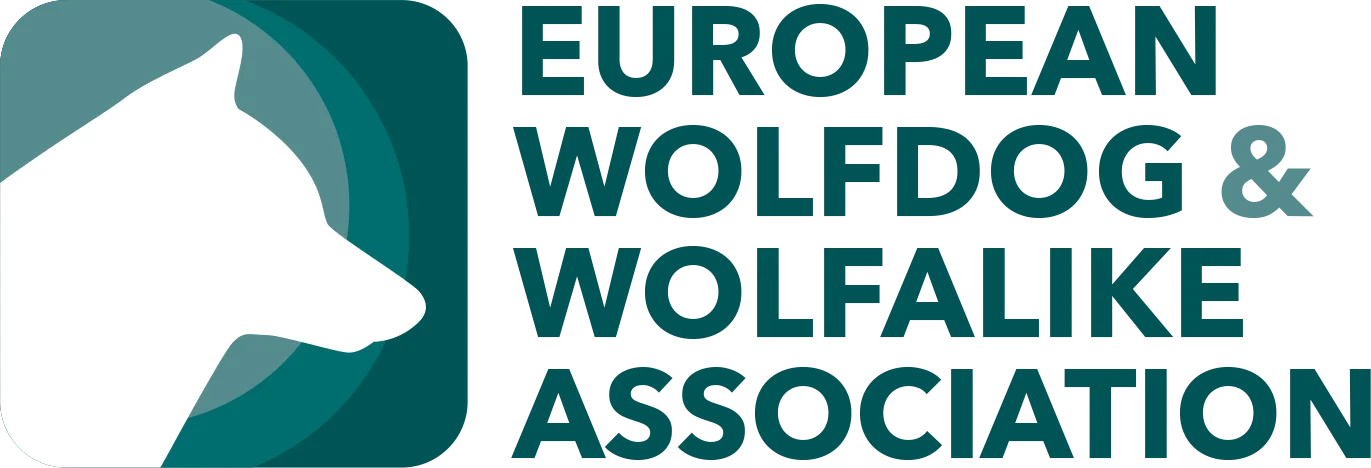Glossary
In this glossary, you will find a carefully compiled collection of all the important terms that play a role on our website.
Whether you’re looking for specific terms or simply want to expand your knowledge – you’ve come to the right place.
Our glossary is organised so that you can find the information you need quickly and easily.
Each term is explained precisely and clearly so that you always have a complete overview.
Have fun exploring!
Acute
Allele
Allele
An allele is one of several possible variants of a gene.
While a gene carries the general information for a trait, the allele determines the specific expression of this trait.
For example, there are different alleles for coat colour, which can produce different colours such as black, brown or white.
ALT (Alanine Aminotransferase)
ALT (Alanine Aminotransferase)
ALT is an enzyme that is mainly found in the liver and is used in veterinary medicine to assess liver health.
Elevated ALT levels in the blood can indicate liver damage.
In dogs with certain genetic variants, normal ALT activity may be lower, which means
that even moderate increases in ALT could indicate a problem.
It is important that the vet is aware of such genetic characteristics in order to correctly assess liver function.
Autosomal Dominant
Autosomal recessive
Autosomes and gonosomes
Autosomes and gonosomes
The dog has a total of 78 chromosomes, which are arranged in 39 pairs, including 38 pairs of body chromosomes (autosomes)
and one pair of sex chromosomes (gonosomes), with females having two X chromosomes (XX) and males having one X and one Y chromosome (XY).
Autosomes: 38 pairs (76 chromosomes) are body chromosomes that carry all genetic information except for sexual characteristics.
Gonosomes: 1 pair (2 chromosomes) are sex chromosomes. These determine the gender of the dog.
BVA
BVA
The BVA (British Veterinary Association) is a British association of veterinarians responsible, among other things, for carrying out and assessing radiographs for hip dysplasia and other genetic diseases.
The BVA produces official evaluations that are important for breeding decisions.
CDA
CDA
Colour Dilution Alopecia (CDA) is a genetic skin disease that occurs in dogs with a diluted coat colour (such as blue or blue fawn).
It leads to hair loss and dry, itchy skin.
In severe cases, chronic skin inflammation also occurs.
Breeds such as Dobermans and Weimaraners are particularly affected.
The disease usually occurs in young adulthood.
Important: There are no known cases of CDA in blue wolfdogs, although they can also have a diluted coat colour.
Chromosome
Chromosome
A chromosome is a structured unit of DNA and proteins that contains the genetic information of an organism.
In the nucleus of each cell, chromosomes are arranged in pairs, with each dog normally having 39 pairs of chromosomes.
Chromosomes carry genes that contain the instructions for the development and function of the body.
They are crucial for the inheritance of traits from parents to offspring.
Chronic
DNA
DNA
DNA is the abbreviation for deoxyribonucleic acid.
It contains the genetic information that determines how a living organism is structured and functions.
DNA is passed on from parents to children and determines many characteristics.
Dominance sequence
ECVO
ECVO
The ECVO (European College of Veterinary Ophthalmologists) is a professional association for veterinary ophthalmologists in Europe.
They are responsible for carrying out and recognising eye examinations in dogs.
ECVO certification is required to check the health of dogs‘ eyes.
Enzyme
Enzyme
A substance in the body that makes important chemical reactions, such as digestion, faster and more effective.
Enzymes help to ensure that processes in the body run smoothly.
Eumelanin
Eumelanin
A pigment that is responsible for black and brown colours in hair, skin and eyes.
Extreme White Spotting
Extreme White Spotting
If a dog carries the alleles ee and spsp, extreme white spotting can be expressed.
Due to the lack of development of pigment cells not only in the coat,
but also in the skin, eyes and ears, extreme white spotting can lead to blindness and/or deafness.
Gene
Gene
A gene is a unit of heredity that contains the information for a specific characteristic or function in an organism.
It consists of DNA and is located in a specific place on a chromosome.
Genes determine many characteristics of a dog, such as coat colour, size or susceptibility to certain diseases.
Each gene has a specific locus on the chromosome and can occur in different variants, the alleles.
Genetic diversity
Genotype
Genotype
The genotype is the genetic make-up of a dog.
It describes which alleles the dog has for a particular gene.
For example, the genotype can determine whether a dog has a black or brown coat colour or whether it has erect or floppy ears.
Genotyping
GRSK e.V.
GRSK e.V.
Coefficient of Inbreeding
Coefficient of Inbreeding
A value that indicates how closely related the parents of an animal are.
The higher the coefficient of inbreeding, the greater the likelihood that the animal has inherited genes from the same ancestors, which can increase the risk of genetic problems.
Laboklin
Laboklin
Laboklin is an international laboratory that offers genetic and diagnostic tests for dogs.
It is known for its comprehensive range of tests, including genetic tests for various hereditary diseases and traits.
Locus (plural loci)
Locus (plural loci)
A locus is the specific place on a chromosome where a gene is localised.
You can think of the locus as the address of a gene in the genetic ‘city map’ of the dog.
Each locus is unique and helps to identify genes precisely.
Melanocytes
Melanocytes
Melanocytes are special cells in the skin and hair follicle that produce colour pigments.
These pigments give the dog’s coat and skin its colour.
There are two main types of pigments: Eumelanin (dark colours) and Phaeomelanin (light colours).
Mutation
Mutation
A mutation is a change in the DNA sequence of a gene.
Mutations can be natural changes or changes caused by environmental influences and can have both positive and negative effects on the organism.
Neurodegeneration
Neurodegeneration
A progressive loss of structure or function of nerve cells, often associated with their death. It typically occurs in diseases such as Alzheimer’s, Parkinson’s or degenerative myelopathy and may have genetic causes.
Phenotype
Phenotype
The phenotype is the visible appearance of a dog, which is determined by the genotype.
This means it is what we can see, such as the coat colour, the shape of the ears or the size of the dog.
Phenotyping
Phenotyping
Phenotyping is the examination and description of the visible characteristics and traits of a dog that are influenced by the genotype.
Pheomelanin
Pheomelanin
A pigment that is responsible for red to yellow colours in hair, skin and eyes. It influences the colour nuances that occur in red or golden coat colours, for example.
Breeding values (EBVs)
Breeding values (EBVs)

